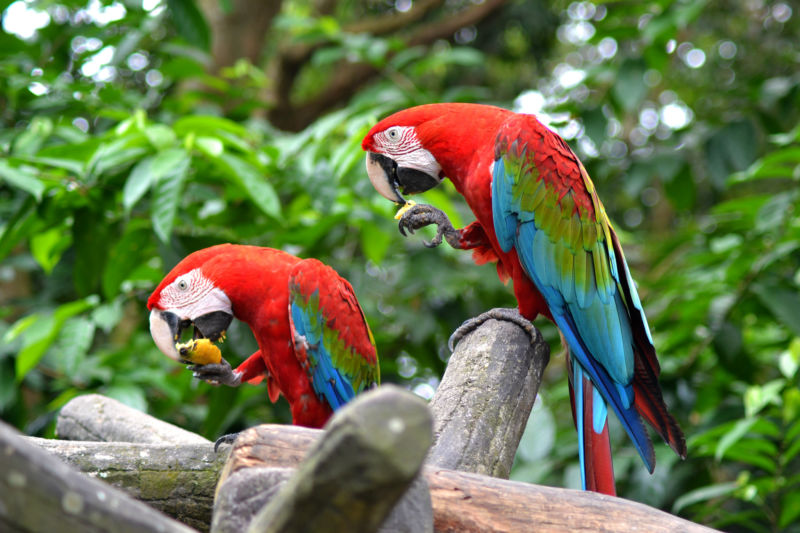
Enlarge / Scarlet macaws (credit: Abul Az Abu Jamil)
Centuries ago, indigenous South Americans brought live parrots hundreds of kilometers across the Andes Mountains, then raised them in captivity in the Atacama Desert, according to a recent study.
The Atacama is one of the last places you’d look for tropical parrots. It’s the world’s driest desert, and it stretches along the Pacific coast of Chile to the west of the Andes Mountains. Most communities in the Atacama are hundreds of kilometers from the nearest place a tropical bird might find livable. But Pennsylvania State University archaeologist Jose Capriles and his colleagues recently examined the skeletons and mummies of 27 Amazonian parrots, representing at least six species, that had been buried as funeral offerings for the dead at several pre-Columbian sites in the Atacama.
They found that the birds had most likely been kept in captivity and plucked often for their bright red, yellow, blue, and green feathers. To get to the desert, the birds must have been captured in their tropical Amazon habitats and carried across the Andes along trade routes. Captured parrots probably arrived on the llama caravans that frequented oasis communities like Pica, in northern Chile.
No comments:
Post a Comment